Accessibility should guide classroom experience
Midway Staff
To fulfill its mission to uphold DEI values, U-High must make accessibility an important part of curricular design.
February 16, 2022
As diagrams of photosynthesis flashed across the projector screen in my Biology class freshman year, I knew I should be drawing these sequential diagrams into my notebook, so I could use them during the upcoming exam. One thing was stopping me from doing so: Carpal Tunnel Syndrome, a compression of the median nerve in the hand that causes pain when handwriting. So, I took a photo of the projector screen, breaking the no-phone-usage policy, and did the only thing I could think of to retain the same materials that my peers could draw.
The lack of computer-accessible assignments available in classes was an access issue I was unaware of until I needed to use them myself. Because of the presumed notion that everyone in the course could draw diagrams, access barriers were created. These barriers necessitated students, like myself, with typing accommodations to accommodate themselves.
To deconstruct the presumed assumption of everyone being abled, we must make a conscious effort to create an inclusive and accessible classroom environment, something that starts with demystifying the concept of ability.
The movement to achieve diversity, equity and inclusion encompasses a multitude of identities, commonly, the eight core identifiers. Due to current events, DEI work at Lab is most frequently centered around combating racism and educating students about ethnicities and cultures. This work is necessary to continue improving communal inclusion and equity at Lab. However, we must also interweave disability culture and rights into our discussions to familiarize and normalize the concept of ability and accessibility, where everyone is able to access the same things without bending over backwards to do so.
Because accessibility refers to ease of ability to access a particular location or item, accessibility can benefit abled people as well. The Americans with Disabilities Act requires ramp or elevator access to public locations, making life easier in ways abled people might not even notice, such as by transporting library book carts and food service trays. While the initial purpose of including these building features is not to center abled people, accessibility features can make an insurmountable difference in the ease of abled and disabled people’s lives.
Allies are responsible for learning what these barriers are, and, through means such as supporting student disability affinity groups, actively work with the disability community to deconstruct them.
— Téa Tamburo
The social model of disability proposes that disability is not a medical condition but rather society’s attitude and perception of ability. If we aim to one day live in a completely accessible world, we must deconstruct the expectations abled people hold and change nonchalant reactions to the barriers the disability community faces.
Barriers the disability community face aren’t always obvious. The movement to normalize accessibility in school cannot and should not fall only to those with accommodations but also to those without. Allies are responsible for learning what these barriers are, and, through means such as supporting student disability affinity groups, actively work with the disability community to deconstruct them. Even something as small as predicting and resolving a potential access barrier goes a long way toward normalizing accessibility in a society built for abled people. Abled or not, we must be involved in the movement for disability justice to demystify disability and eventually achieve accessibility as the standard in our school’s classes.



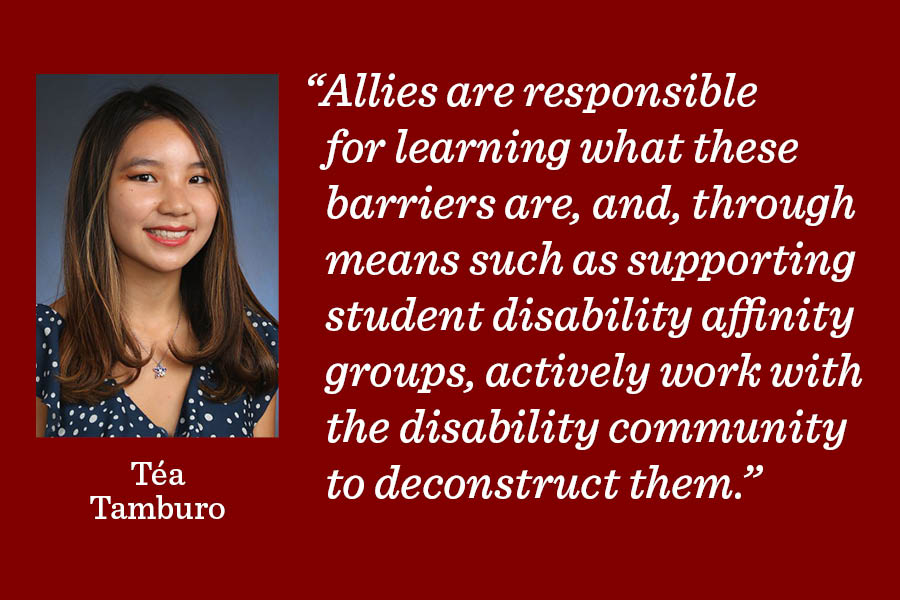





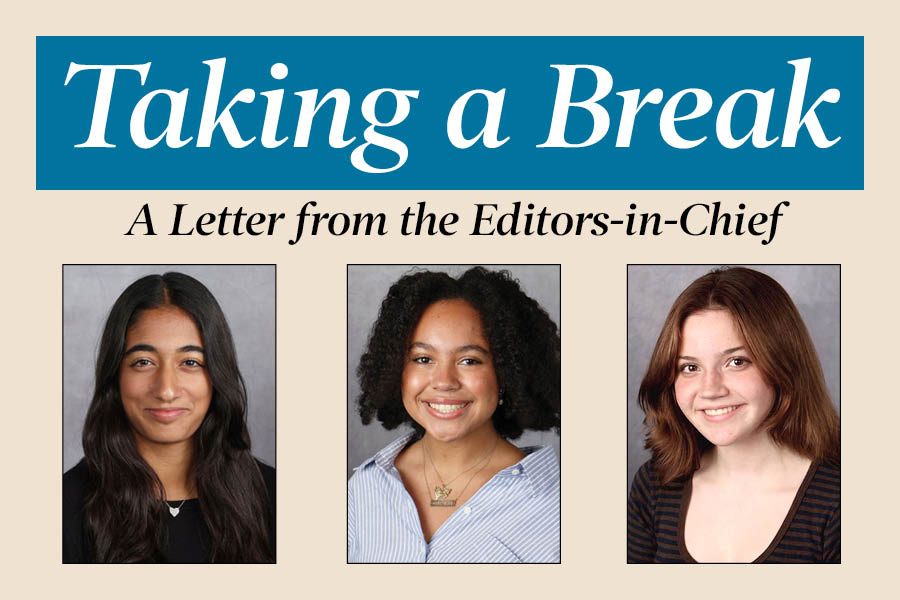
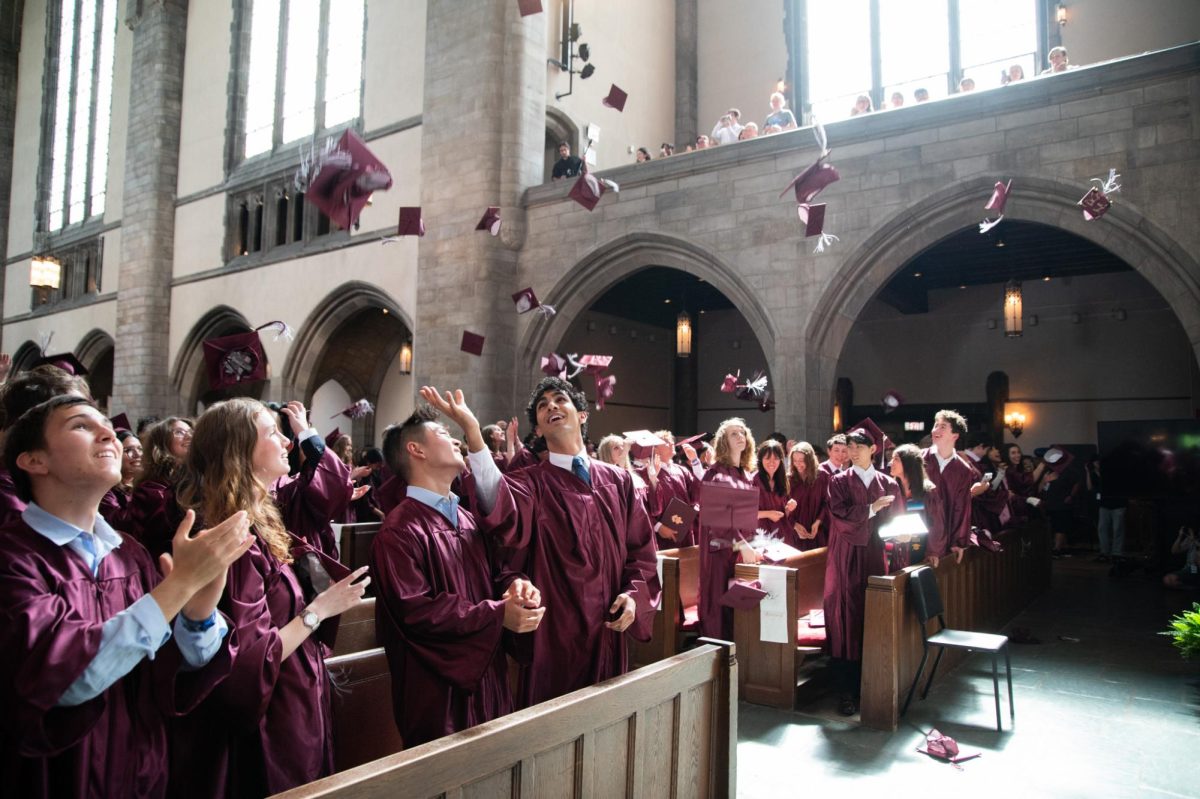
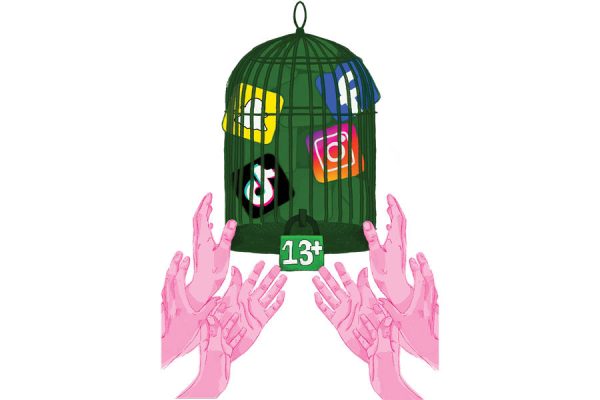

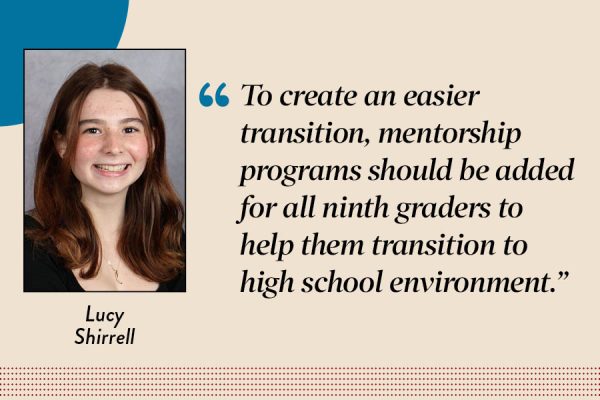
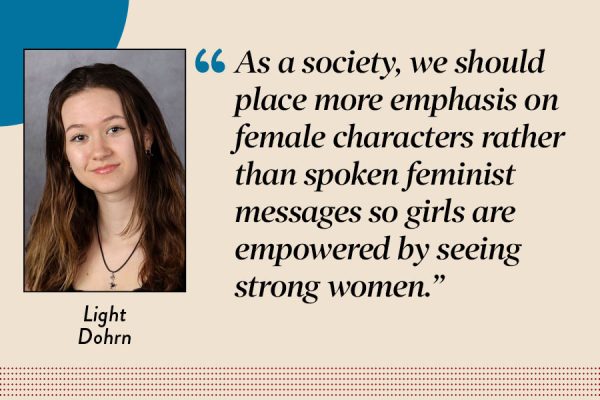
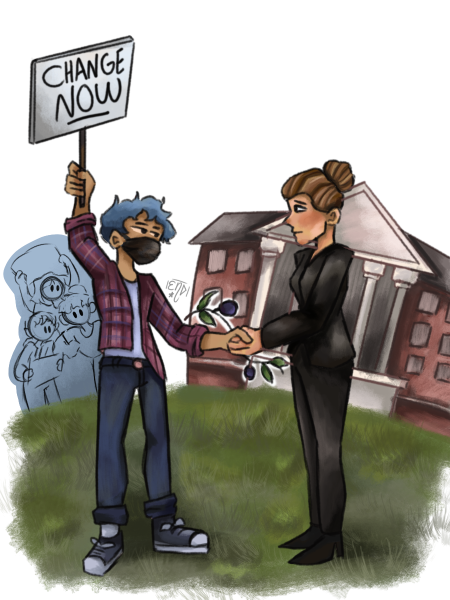

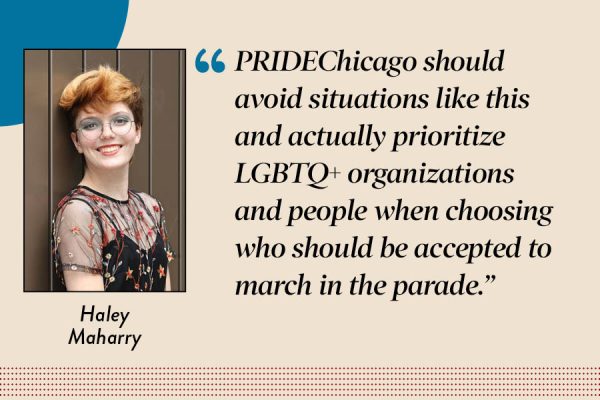

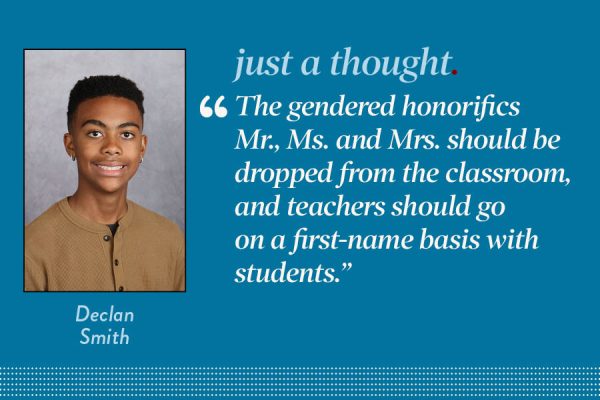

Laura Doto • Feb 4, 2022 at 11:31 am
Hear, hear Téa! Thank you for this article. Reinforcing the value of universal design from a construction perspective is the article in the Fall 2021 Learning for Justice magazine about the Curb-Cut effect — https://www.learningforjustice.org/magazine/fall-2021/the-curbcut-effect-and-championing-equity